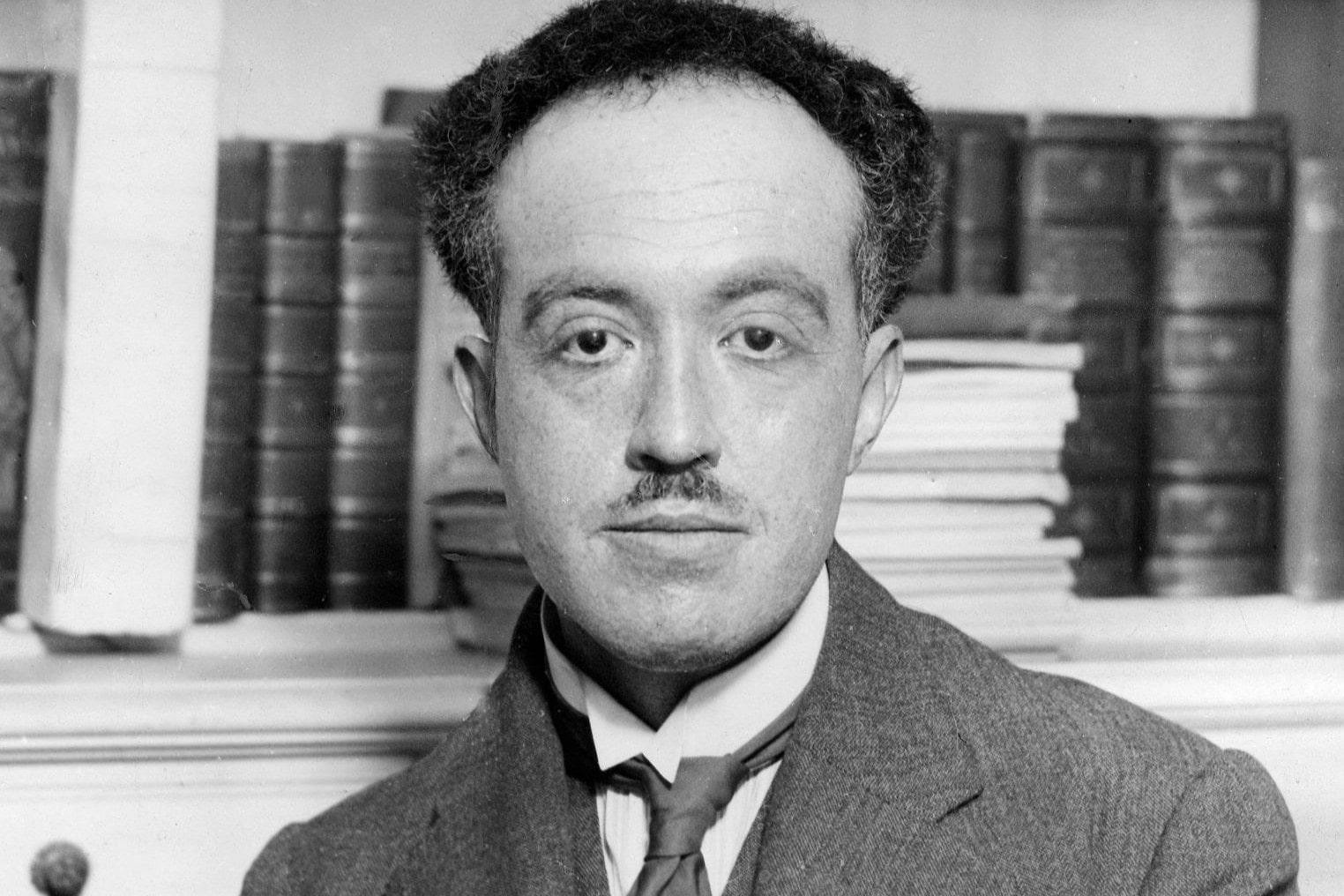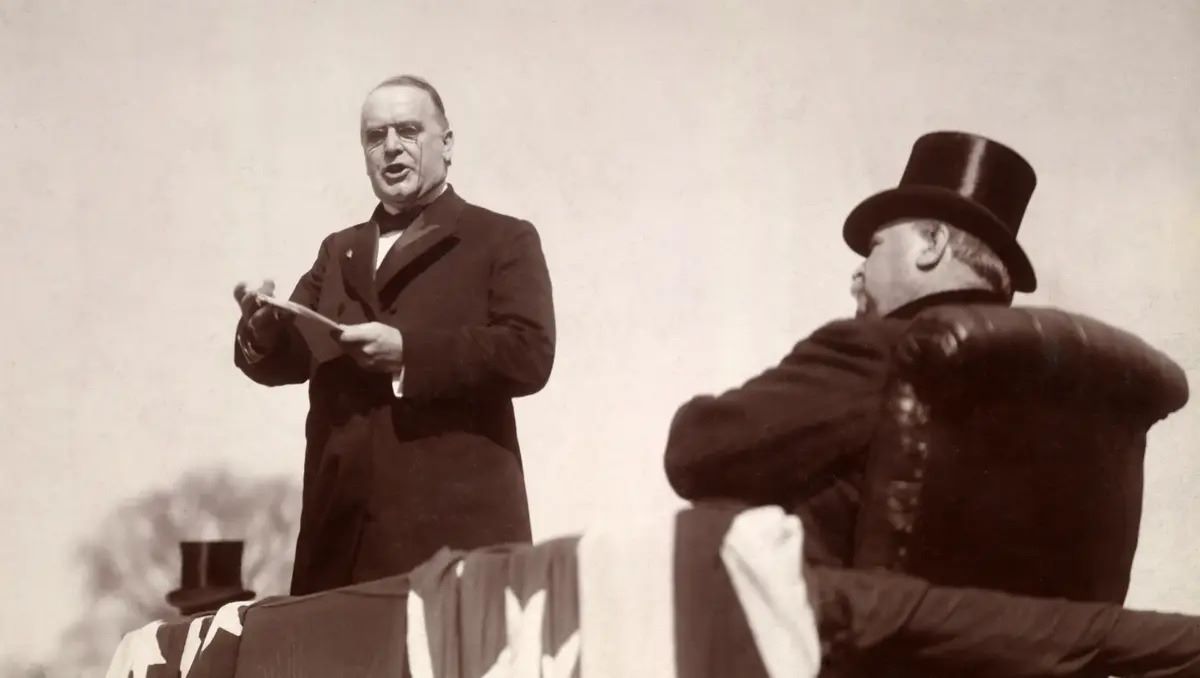
Louis de Broglie, a French physicist, is best known for his groundbreaking work in quantum theory. Born on August 15, 1892, in Dieppe, France, de Broglie made significant contributions to the field of theoretical physics during the early 20th century. His most significant discovery, known as the de Broglie hypothesis, revolutionized our understanding of the wave-particle duality of subatomic particles.
In this article, we will delve into the life and achievements of Louis de Broglie, exploring 14 fascinating facts about his contributions to the world of physics. From his Nobel Prize-winning work to his posthumous recognition, de Broglie left an indelible mark on the scientific community. So, let us embark on a journey to uncover the remarkable life and discoveries of this brilliant physicist.
Key Takeaways:
- Louis de Broglie, a French physicist, proposed the theory of matter waves, showing that particles like electrons can also behave like waves. This idea revolutionized physics and led to the development of electron microscopes.
- De Broglie’s groundbreaking work on wave-particle duality earned him the Nobel Prize in Physics in 1929. His theory extended to other particles and continues to impact quantum mechanics today.
Louis de Broglie was a French physicist.
Louis de Broglie, the renowned physicist, hailed from France. His groundbreaking contributions to the field of quantum mechanics earned him worldwide recognition.
He proposed the theory of matter waves.
Louis de Broglie’s most significant contribution to the field of physics was his theory of matter waves, which suggested that particles, like electrons, can also exhibit wave-like properties.
De Broglie’s wave-particle duality theory revolutionized physics.
De Broglie’s wave-particle duality theory, also known as wave-particle dualism, was a revolutionary concept that unified the previously separate theories of particle and wave behavior in quantum mechanics.
He was awarded the Nobel Prize in Physics in 1929.
In recognition of his groundbreaking work, Louis de Broglie was honored with the Nobel Prize in Physics in This prestigious award solidified his place among the greatest physicists of his time.
De Broglie’s theory was confirmed experimentally by Clinton Davisson and Lester Germer.
In 1927, Clinton Davisson and Lester Germer conducted an experiment that confirmed the wave-like nature of electrons, providing experimental evidence in support of Louis de Broglie’s theory.
De Broglie served as a professor at the Sorbonne University.
Louis de Broglie held a teaching position at the prestigious Sorbonne University in Paris, where he imparted his knowledge and mentored numerous aspiring physicists.
He came from a noble French family.
Louis de Broglie belonged to a noble French family, the House of Broglie. His aristocratic background did not hinder his pursuit of scientific inquiry and innovation.
De Broglie was greatly influenced by Albert Einstein’s theory of relativity.
Albert Einstein’s theory of relativity had a profound impact on Louis de Broglie. Einstein’s ideas inspired de Broglie to explore the wave-particle duality of matter.
He spent a significant part of his career at the French Academy of Sciences.
Throughout his career, Louis de Broglie was affiliated with the prestigious French Academy of Sciences, where he conducted his research and made significant scientific discoveries.
De Broglie’s theory paved the way for the development of electron microscopes.
By establishing the wave-particle duality of electrons, Louis de Broglie laid the foundation for the development of electron microscopes, which have revolutionized imaging technology.
He published his groundbreaking thesis on wave-particle duality in 1924.
In 1924, Louis de Broglie published his groundbreaking doctoral thesis titled “Research on the Theory of Quanta,” where he introduced his revolutionary theory of wave-particle duality.
De Broglie’s theory was later extended to other particles, such as protons and atoms.
Building upon his initial work, Louis de Broglie’s theory of matter waves was extended to other fundamental particles, highlighting the universal applicability of wave-particle duality.
He was a member of the French Resistance during World War II.
During World War II, Louis de Broglie joined the French Resistance, an underground movement that fought against the Nazi occupation of France. His courage and patriotism were commendable.
De Broglie had a long and illustrious academic career.
Louis de Broglie enjoyed a long and illustrious academic career, marked by numerous scientific achievements and accolades. His impact on the field of quantum mechanics continues to resonate today.
Conclusion
In conclusion, Louis de Broglie was a remarkable physicist whose contributions to the field of quantum mechanics revolutionized our understanding of matter and the behavior of particles. His groundbreaking concept of matter waves, also known as the de Broglie wavelength, laid the foundation for the wave-particle duality theory. This theory has since been confirmed through numerous experiments and has had a profound impact on the field.De Broglie’s work earned him the Nobel Prize in Physics in 1929, cementing his status as one of the most influential scientists of his time. His ideas continue to be influential in current research in physics and continue to shape our understanding of the fundamental nature of the universe.Overall, the 14 fascinating facts about Louis de Broglie highlight his brilliance, perseverance, and significant contributions to the world of physics. His work serves as a testament to the power of curiosity and the importance of pushing the boundaries of knowledge.
FAQs
1. What was Louis de Broglie’s most famous contribution to physics?
De Broglie’s most famous contribution to physics was his concept of matter waves, which suggested that particles such as electrons exhibit wave-like properties.
2. When did Louis de Broglie receive the Nobel Prize in Physics?
Louis de Broglie received the Nobel Prize in Physics in 1929 for his groundbreaking work on the wave-particle duality theory.
3. How did de Broglie’s ideas impact the field of quantum mechanics?
De Broglie’s ideas revolutionized quantum mechanics by introducing the concept of wave-particle duality, which helped explain the strange behavior of subatomic particles.
4. What other significant contributions did Louis de Broglie make?
Aside from his work on matter waves, de Broglie also made important contributions to the theory of electron diffraction and quantum field theory.
5. How is de Broglie’s work relevant today?
De Broglie’s ideas remain relevant today and continue to influence ongoing research in fields such as quantum computing and particle physics.
Louis de Broglie's groundbreaking contributions to quantum physics have left you intrigued and eager to learn more. Why not explore the captivating world of wave-particle duality, where the boundaries between waves and particles blur? Unravel the mysteries behind this mind-bending concept and gain a deeper understanding of the quantum realm.
Was this page helpful?
Our commitment to delivering trustworthy and engaging content is at the heart of what we do. Each fact on our site is contributed by real users like you, bringing a wealth of diverse insights and information. To ensure the highest standards of accuracy and reliability, our dedicated editors meticulously review each submission. This process guarantees that the facts we share are not only fascinating but also credible. Trust in our commitment to quality and authenticity as you explore and learn with us.


